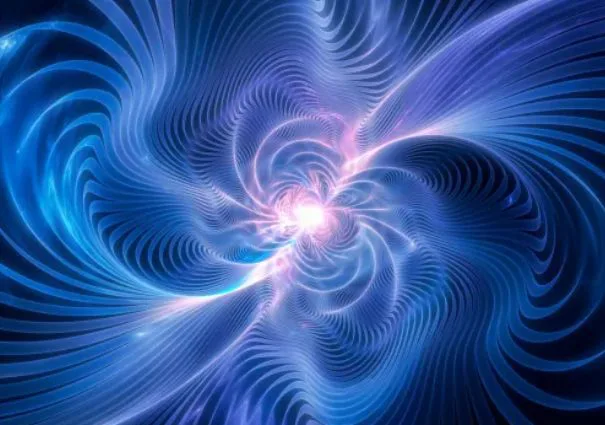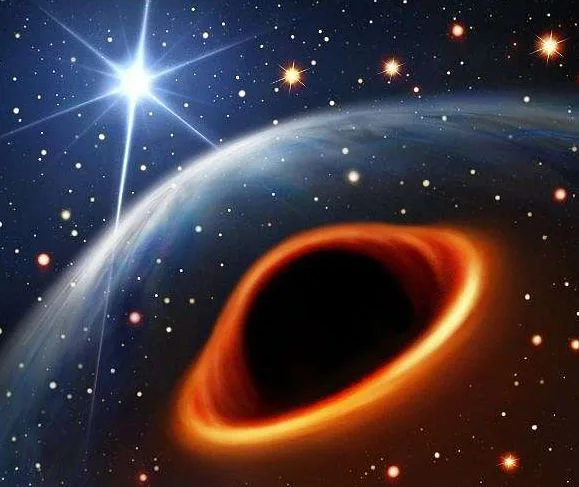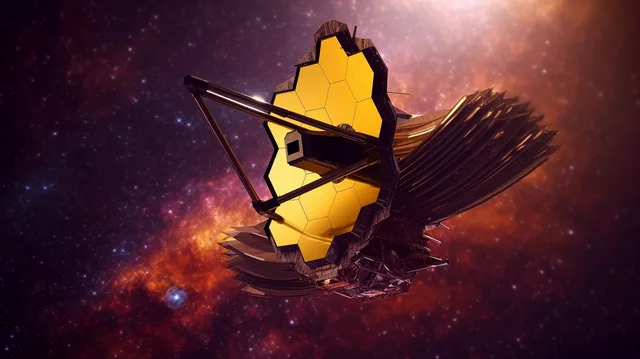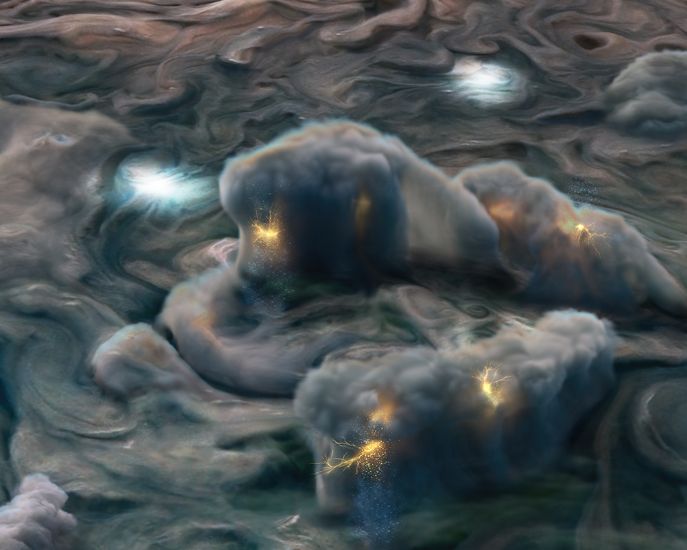
Juno is the famous space probe sent by NASA to study Jupiter. It was launched in 2011 and reached the gas giant planet in 2016. Instead of orbiting around the equator like previous missions, Juno entered a path that takes it over Jupiter’s poles.
After its arrival, the space probe has been gyrating the planet in a specific orbit. With the help of special instruments on board, Juno is constantly collecting information from Jupiter’s environment. The main aim of the expedition, is to gather accurate data about the planet’s gravity and magnetic fields, especially around its poles.
Juno also has been embedded with sensors to study Jupiter’s atmosphere and wind patterns. These sensors provide the information regarding the planet’s weather and atmospheric conditions.
Lightning strikes at Jupiter resemble lightning bolts on Earth
Recently, astronomers at several institutions in Czechia, Japan and the U.S. have studied five-year period’s radio data collected by Juno. Their area of focus was lightning activity within Jupiter’s clouds. The researchers made some interesting discoveries about these lightning strikes.
First, they observed that the lightning bolts on Jupiter pulse through the clouds in a similar way to lightning on Earth. The pulses occur at intervals of about 1 millisecond, which is quite fast.
They also found that the bolts travel through the clouds at a speed similar to lightning bolts on Earth.
Lightning dynamics
The astronomers used an analogy of a person riding a bike up a mountain, to explain the observed behaviour. Just like the biker takes pauses to catch their breath before continuing, the lightning bolts on Jupiter seem to pause in a similar manner. This pattern of pausing and continuing is seen in both planets.
The bolts of lightening on Jupiter branched and extended; the effect resembled to that of Earth’s lightning.
This finding is interesting because it suggests that if other habitable planets have similar lightning dynamics, it could have implications for scientists searching for signs of life on those planets.
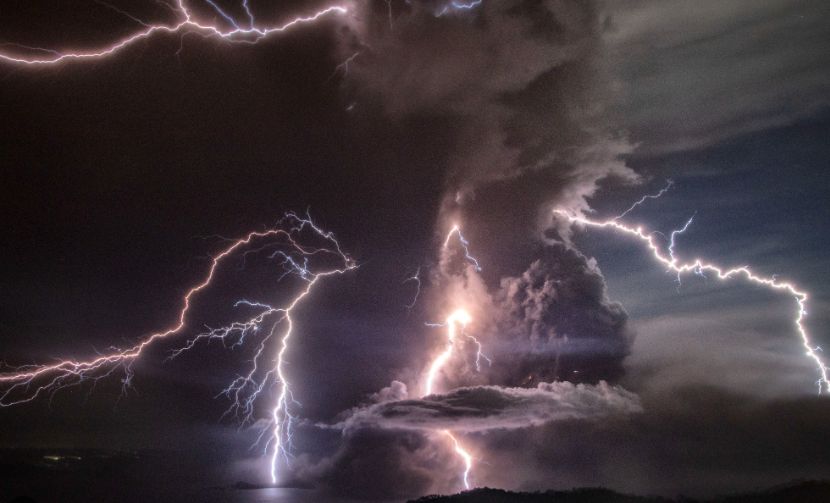
Physics behind lightning formation is universal
According to the scientists, lighting on earth is the result of turbulence which brings ice and water droplets together. Thus, the process gives rise to friction that generates an electrical charge.
This charge is then released when the water and ice end up on different sides of a cloud.
The recent findings from studying lightning on Jupiter suggest that a similar process is happening on the giant planet as well.
The team, however, was not surprised. As a matter of fact, they clarified that physics behind cloud discharge should be quite similar regardless of the planet where it occurs. This means that the process of lightning formation, involving the interaction of particles within the clouds, is likely to be comparable on both Earth and Jupiter.
Takeaway
The study surfaced that lightning on Jupiter behaves in ways that are comparable to lightning on Earth. Understanding these similarities can help scientists in their quest to find habitable planets and potentially detect signs of life elsewhere in the universe.
Via: phys.org

